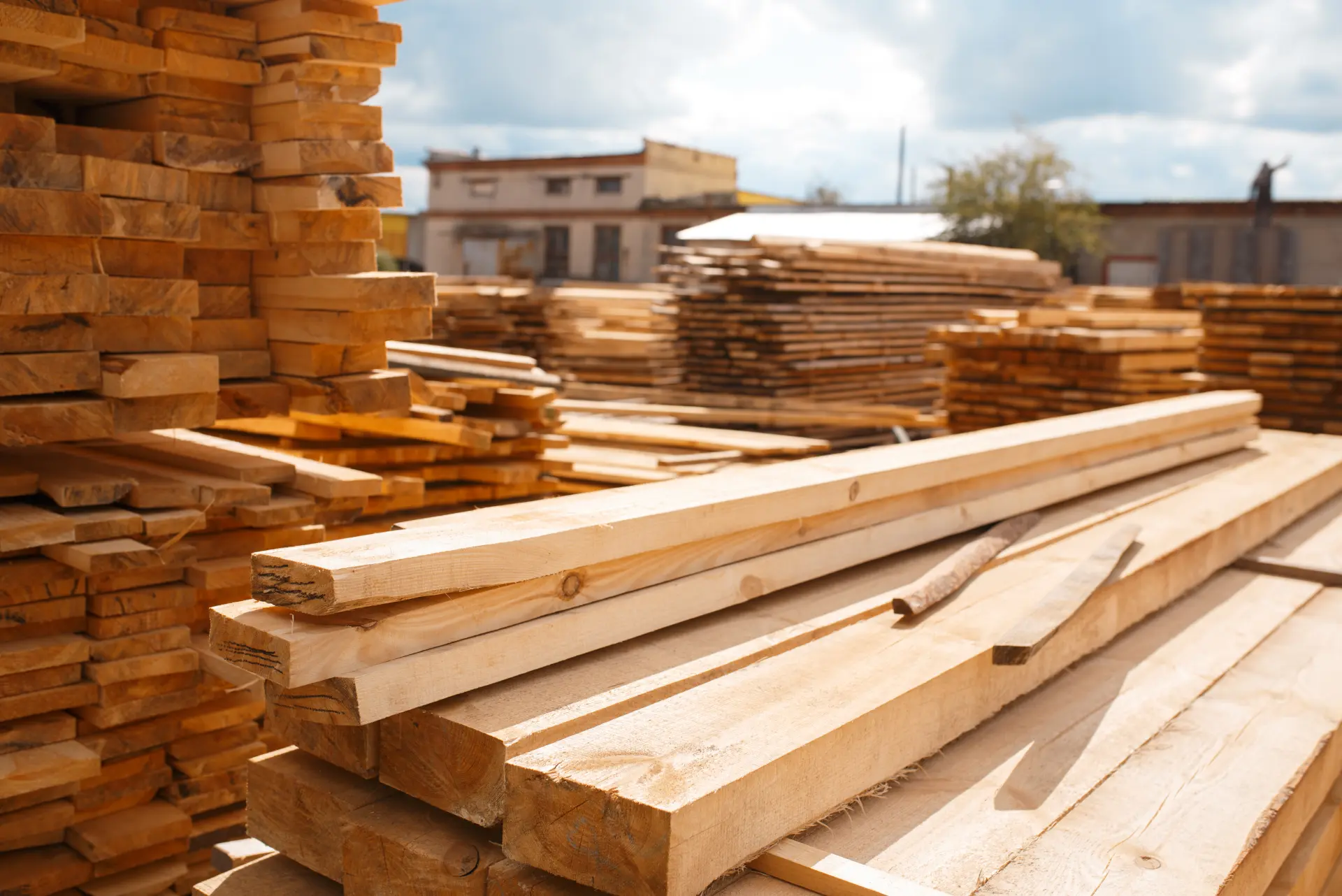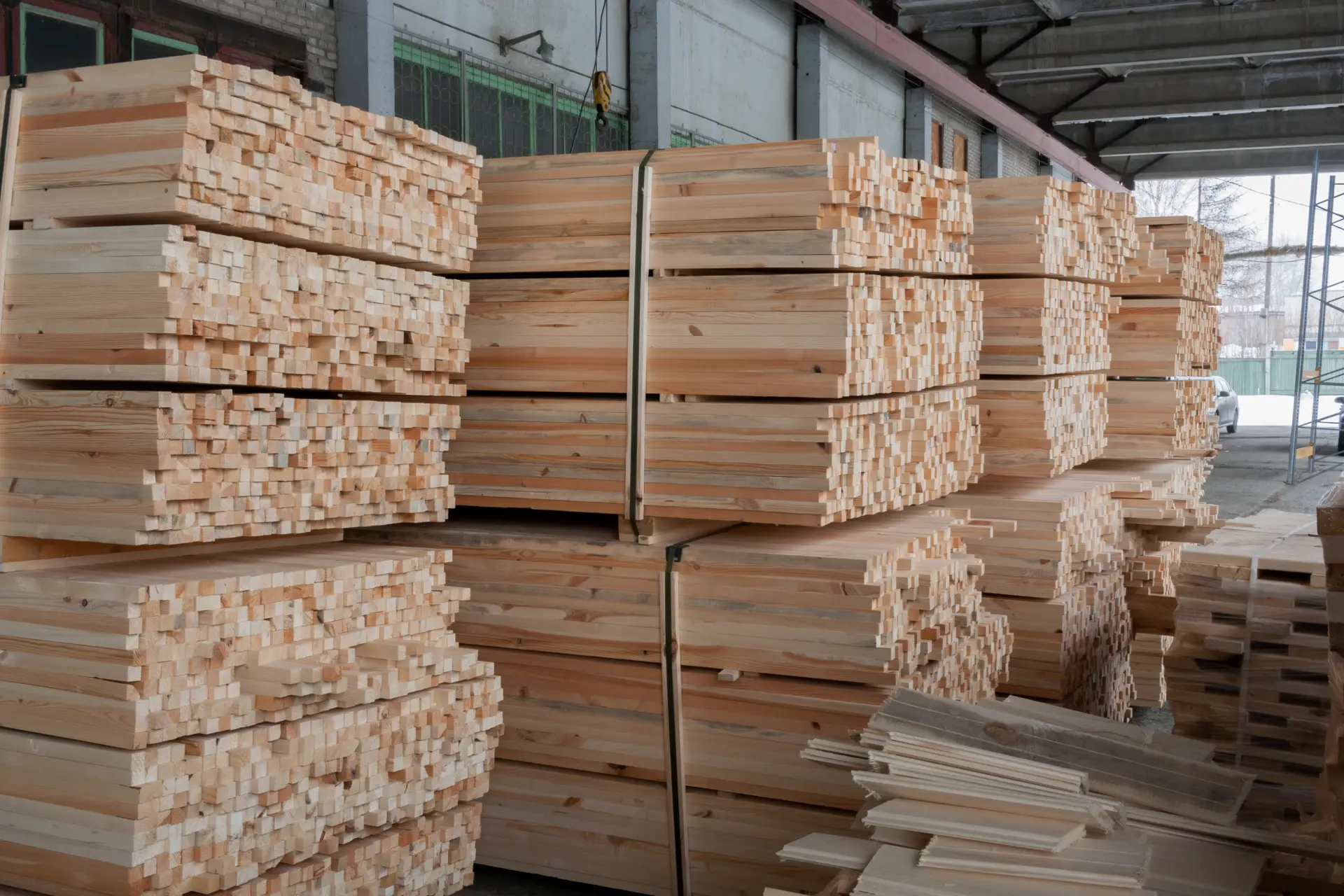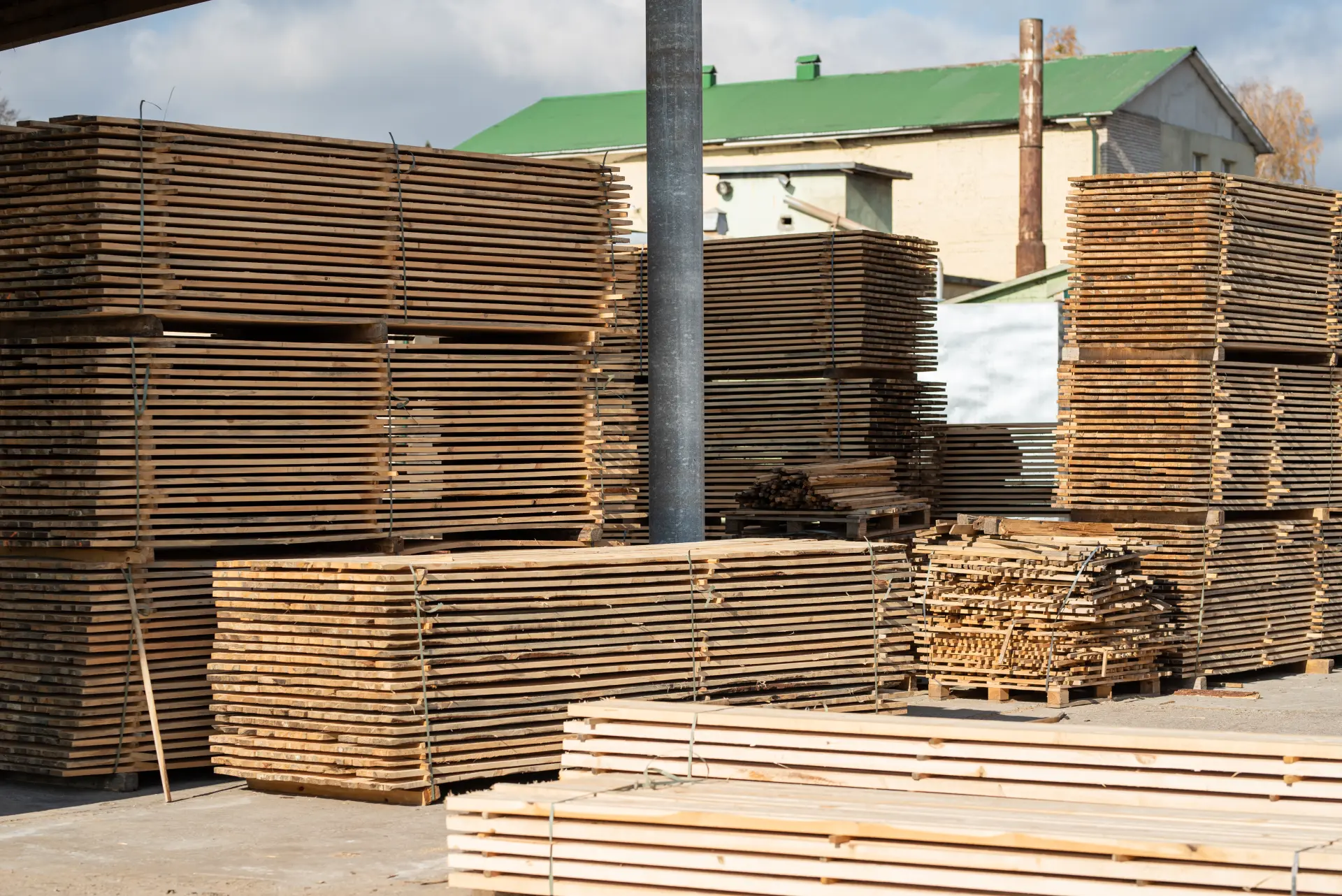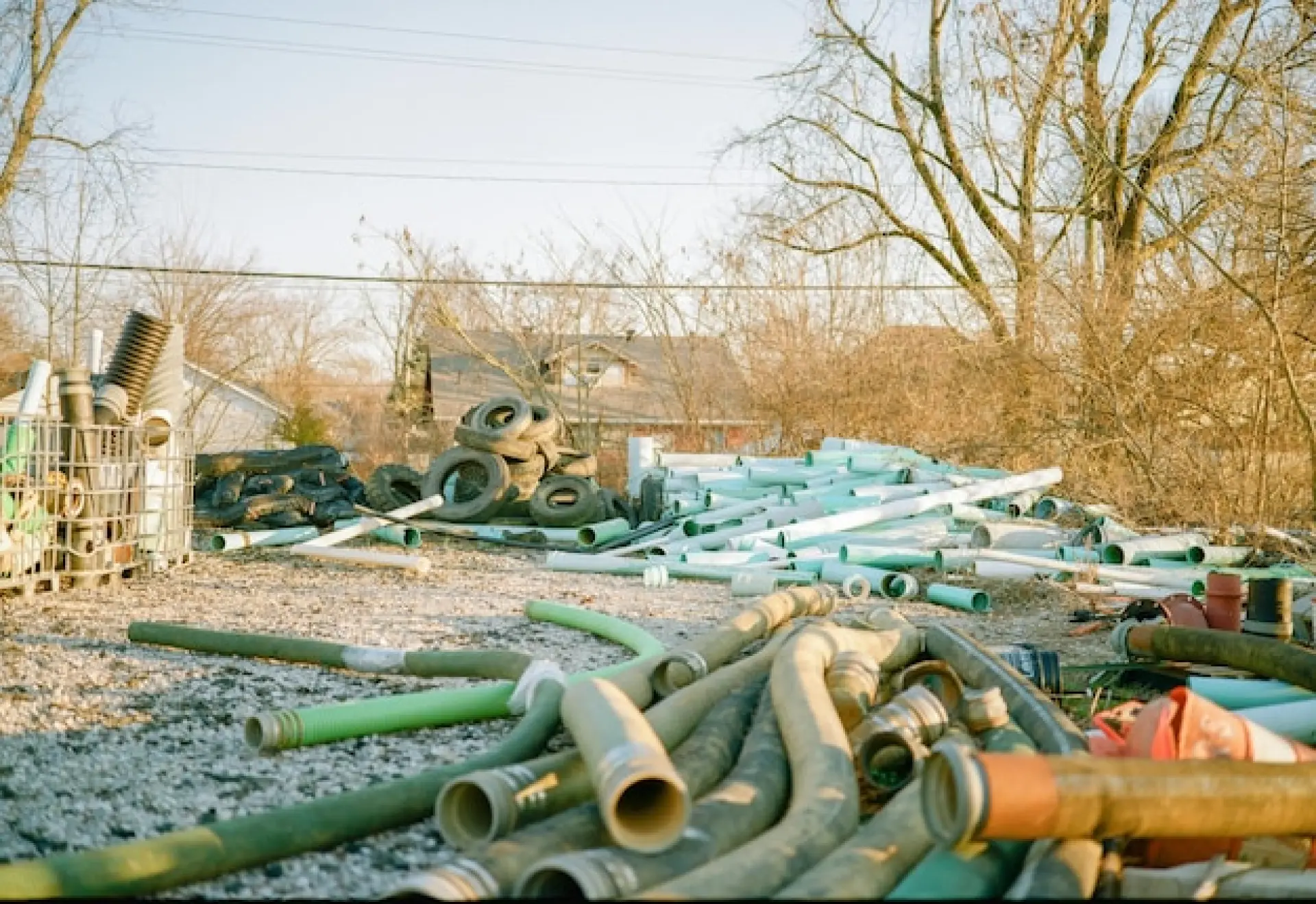We explore the different types of timber available from suppliers. Timber is a widely used material in construction, furniture making, and DIY projects. Suppliers offer a variety of timber types, each with its own strengths, appearance, and uses. Understanding the differences can help you choose the right timber for your needs, whether you're building a home, crafting a garden bench, or carrying out repairs.
Treated vs Untreated Timber
When choosing timber, it’s always good to know the difference between treated and untreated wood as a means to better your building projects. Treated timber is wood that has been previously coated or soaked in special chemicals to protect it from rot, insects, and moisture. Protecting it is ideal for outdoor use, such as fencing, decking, sheds, or any areas where the timber might get wet or be in contact with the ground. Treated timber lasts longer and needs less maintenance over time.
Untreated timber has not been given any extra protection. It is best used indoors or in dry, sheltered places where it won’t be exposed to dampness or pests. It’s often easier to work with and can be painted and stained with a quality finish to suit your needs, but it won’t last as long outdoors unless you apply your own protective coating. Always think about where and how the timber will be used before deciding which type is best for your project.
Rough-Sawn vs Planed Timber
Timber is often sold as either rough-sawn or planed, and knowing the difference helps you choose the right type for your project. Rough-sawn timber is cut to size but left with a rough surface. It hasn’t been smoothed or sanded, so it has a more natural look and feel. It is usually cheaper and is often used for fencing, framing, or other jobs where appearance doesn’t matter.
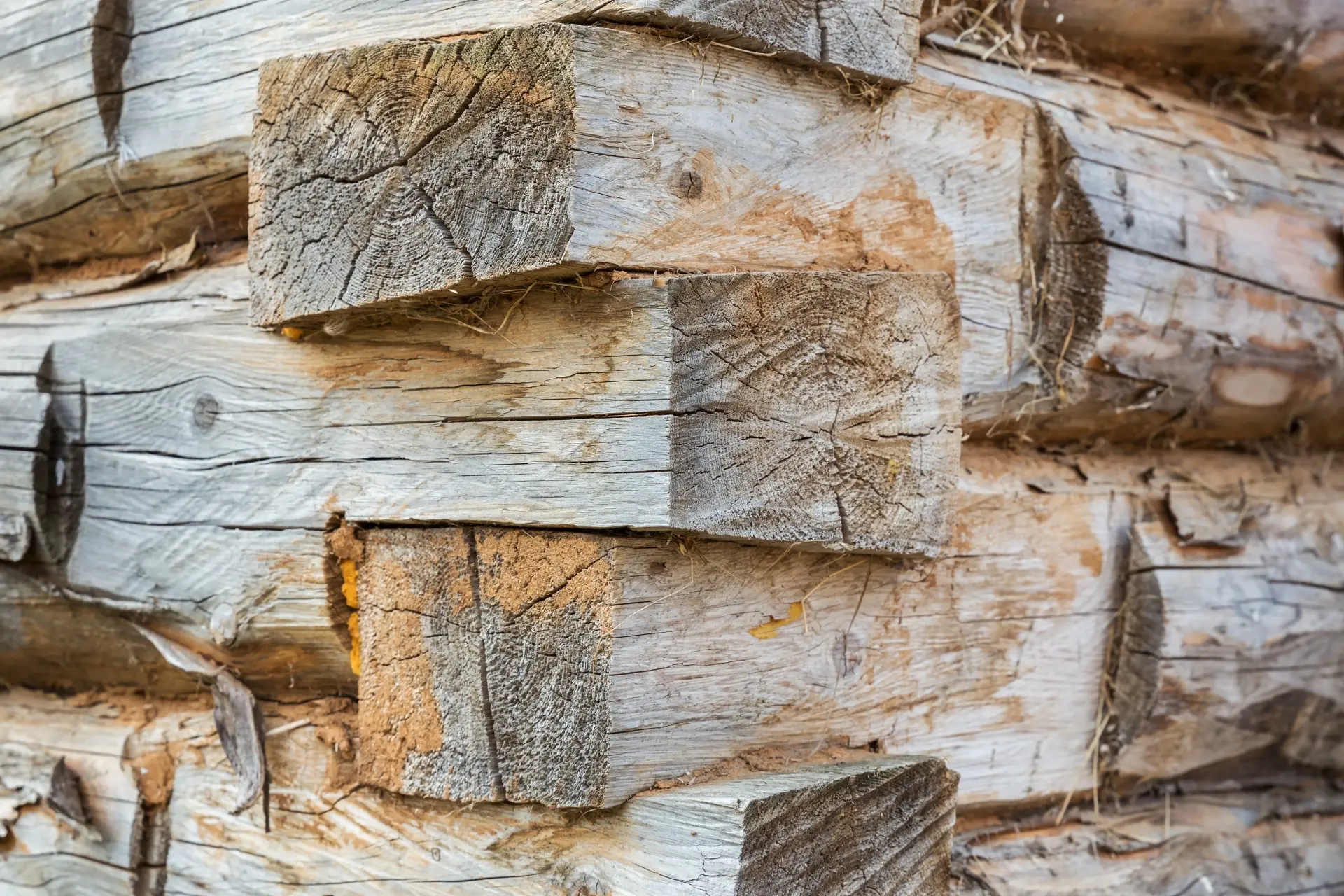
Planed timber has been smoothed down after cutting, giving it a neat, even surface. It is easier to handle, safer to touch, and gives a better finish when painting or staining.
Planed timber is a good choice for furniture, shelves, indoor projects, and anything that will be seen or touched often.
You can buy it as planed all round (PAR) or planed on one or two sides, depending on what you need. Choosing the right finish depends on your budget, the look you want, and how the timber will be used.
Plywood and Sheet Timber
Plywood and sheet timber are man-made wood products that are broadly used in many homes and industries for building and DIY projects. Plywood is made by glueing thin layers of wood together, making sure the grain of each layer goes in different directions. Doing so provides it plenty of strength and stability and means it is less likely to warp or split in the future. Plywood is often used for flooring, walls, roofs, and making furniture. It comes in different thicknesses, and depending on the style, it can be used indoors or outdoors.
Other types of sheet timber that you may come across include Medium-Density Fibreboard (MDF) and chipboard. MDF is known for having a smooth surface that is easy to cut and paint, and this is why it is one of the most popular choices for those building cupboards, shelves, and other types of indoor furniture.
Chipboard is a product made from wood chips and is then covered with a thin layer of plastic or wood veneer. It’s often used for flat-pack furniture and flooring. Sheet timber is a good choice when you need large, flat panels at a lower cost than solid wood. Always choose the right type based on strength, finish, and where it will be used.
Reclaimed and Recycled Timber
Reclaimed and recycled timber is wood that has been taken from old buildings, furniture, or other used timber products and given a new life. This type of timber is perfect for suppliers or builders who need to reduce the amount of waste they accumulate and help the environment. It usually comes from strong, old-growth wood that is no longer widely available, which is why it is such a unique option. Many people can use reclaimed timber for furniture, flooring, panelling, and decorative features, adding character and history to a project.
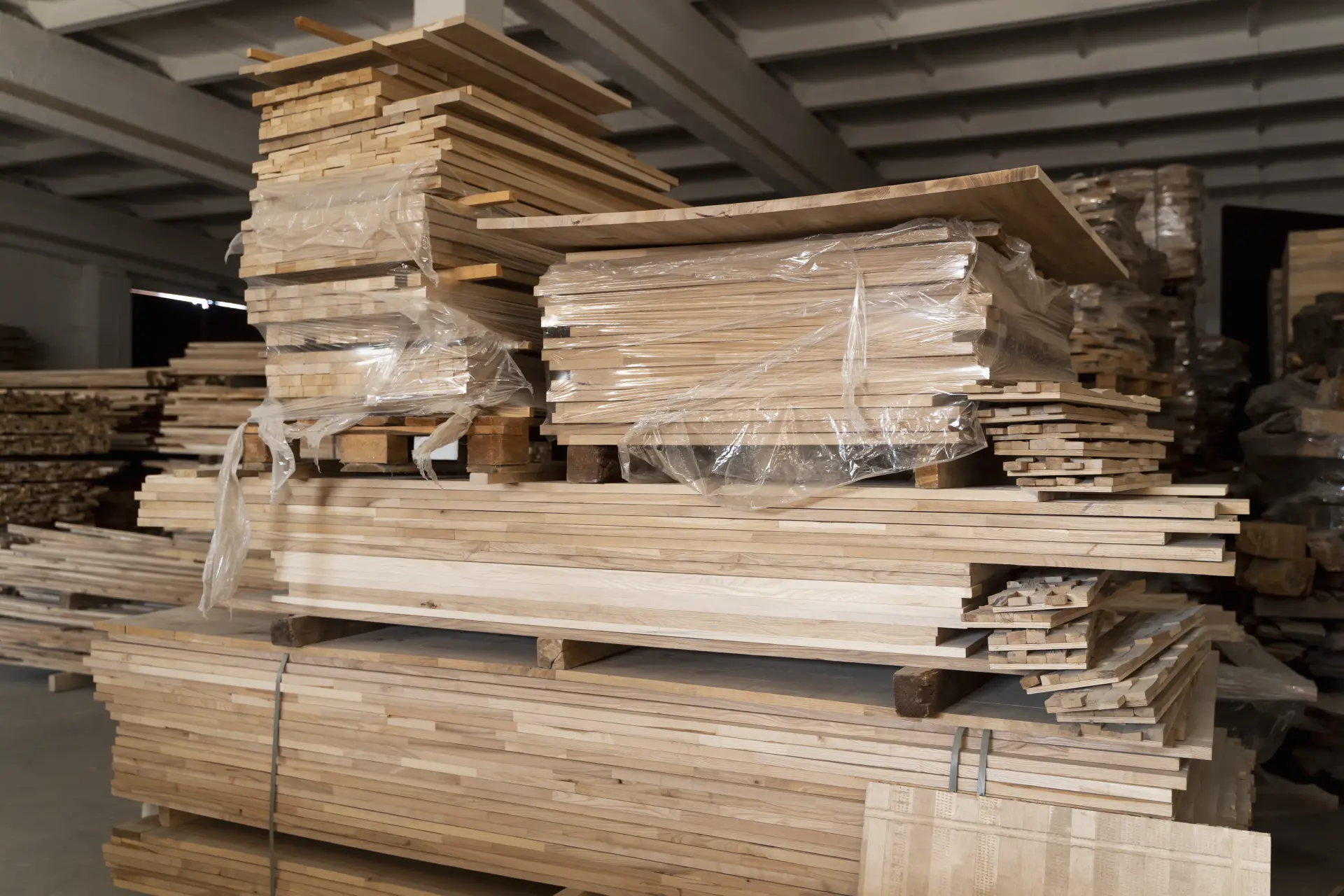
As this timber is completely recycled, there may be wood pieces built in that have been reprocessed into new boards or sheet materials.
Before using reclaimed or recycled timber, it’s important to check for nails, screws, or damage and make sure it is dry and treated if needed.
While it may take more time to prepare, it can be a sensible option money-wise and an eco-friendly alternative to much newer timber.
Common Timber Uses
Timber is a versatile material with many everyday uses in building, DIY, and furniture-making. It is usually used in construction for roof frames, wall studs, floors, and doors. In outdoor projects, treated timber is used for fencing, decking, sheds, and garden furniture because it can handle different or harsh weather conditions. Timber is also popular for professionals who intend to build furniture, shelving, kitchen worktops, and decorative features like skirting boards and wall panels.
You may already be aware that different types of timber suit different jobs. Softwood is most commonly chosen by builders for any general building work and indoor projects, whereas hardwood is preferred when building strong, long-lasting items like furniture and flooring. Sheet timber, such as plywood or MDF, is used when large, flat panels are needed, for example, for cupboard backs or shelving. No matter the project, there is often a type of timber that fits the job well, and this is why it is one of the most widely used materials in both homes and businesses.
Welcroft Lee Logistics provides efficient timber supply and delivery services throughout Eastbourne, Brighton & Hastings. Whether it's a one-off project or you're looking to stock-up before multiple jobs, you can rely on us for timber supplies.

